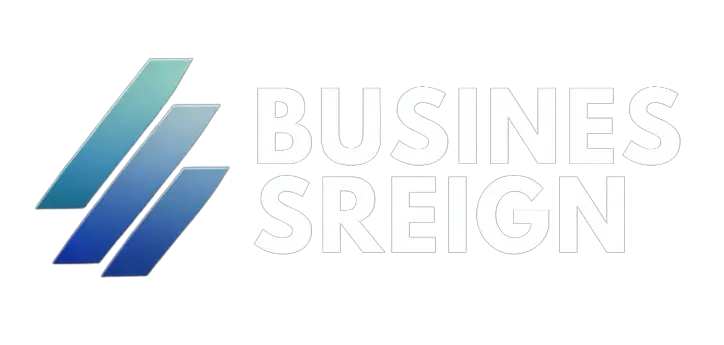Businessreign
In the world of retail giants, the John Lewis Partnership (JLP) stands out. Unlike traditional corporations driven by shareholder profits, JLP boasts a unique employee ownership structure that fosters a strong company culture and exceptional customer service. Let's delve into the core aspects of the JLP business model:
Employee Ownership:
- The defining characteristic of JLP is its employee ownership. Over 83,000 John Lewis employees, known as Partners, collectively own the company. This fosters a sense of shared responsibility and motivates Partners to contribute to the company's success.
Profit Sharing:
- JLP rewards Partners financially through an annual bonus scheme tied to company profits. This directly links Partner performance and well-being to the company's success, further incentivizing excellent service and commitment.
Democratic Governance:
- The JLP operates under a democratic structure. Partners elect representatives to a Partnership Council, which has a say in major decisions. This fosters a sense of ownership and involvement among Partners, creating a more engaged workforce.
Focus on Customer Service:
- With a vested interest in the company's success, Partners take pride in delivering exceptional customer service. This dedication translates to a positive customer experience, which is a key driver of JLP's success.
Benefits of the Model:
- Motivation: Employee ownership fosters a strong sense of motivation and ownership among Partners.
- Customer Service: Partners take pride in their work, leading to exceptional customer service.
- Long-Term Focus: The ownership structure encourages a long-term focus on sustainability and responsible business practices.
- Brand Reputation: The unique model contributes to a positive brand reputation built on trust and social responsibility.
Drawbacks of the Model:
- Decision-Making: Democratic decision-making processes can be more complex and time-consuming compared to traditional top-down structures.
- Market Fluctuations: Partner bonuses can fluctuate with company performance, impacting financial stability.
- Scalability: Expanding the business model to new markets or ventures can be challenging due to the unique ownership structure.
Conclusion:
The John Lewis Partnership's employee ownership model stands as a successful alternative to traditional corporate structures. While it has its limitations, the model fosters a strong company culture, motivates employees, and contributes to JLP's reputation for excellent customer service. This unique approach to business positions JLP as a leader in the retail industry, setting an example for companies seeking to prioritize both employee well-being and customer satisfaction.


